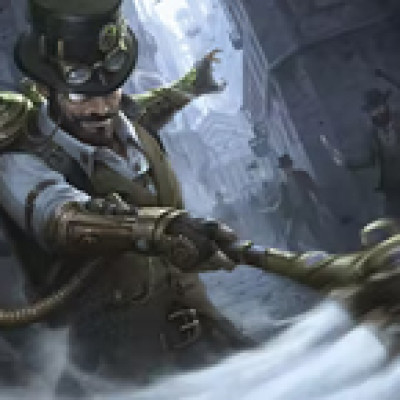Distinct from the Commoner format is the concern for budget deck options. These decks need to be able to compete in an environment where other players are not limited by rarity; they serve as a gateway for new players to enter existing Flesh and Blood scenes and weekly Armory competition.
Getting into a new hero can be an expensive prospect, especially if you're working from decklists you've seen in major tournaments. But it doesn't have to be! Today I want to tackle one of the hot topics of today's meta- Dash- and show you just how budget-friendly it can be to get in on the ground floor of Mechanology.
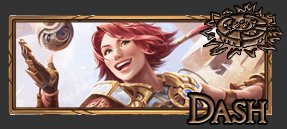
Budget Friendly: Defining the Term
Depending on your personal budget, this phrase could have a different meaning for everyone, so let me define it for my use here.
Yes, Legendaries make your deck stronger, there's no point in denying that. Some are strict upgrades from common counterparts, and some let you do things with your deck that wouldn't be possible otherwise. But they are not always core of the strategy, and by settling for the 'inferior' common instead of the legendary and spending the money elsewhere, you may even end up with an overall stronger deck.
Aside from that, most of the core cards for Dash are just cheap commons and rares. Let's dive deeper and take a look at what is really necessary and what is just 'nice to have'.
Note: Prices cited in this article will be TCGPlayer low as of 9/13/22.
CC: What is Important to the Deck?
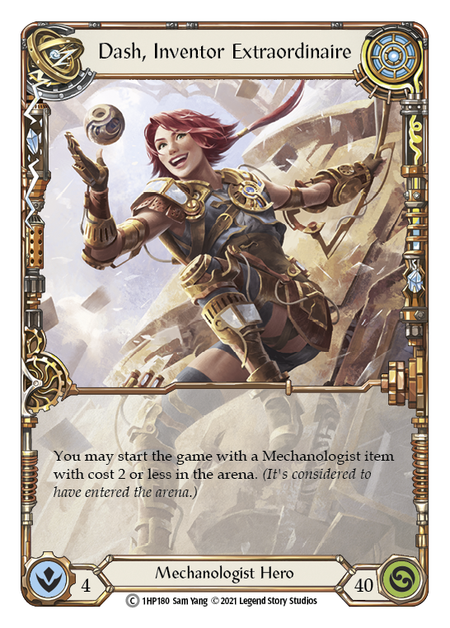
Weapons
- Teklo Plasma Pistol (1)
Equipment
- Achilles Accelerator (1)
- Crown of Providence (1)
- Goliath Gauntlet (1)
- Teklo Foundry Heart (1)
- Ironrot Gauntlet (1)
- Viziertronic Model i (1)
Loadout
- Combustible Courier (Blue) (3)
- Maximum Velocity (Red) (2)
- Fate Foreseen (Red) (3)
- Meganetic Shockwave (Blue) (3)
- Payload (Red) (3)
- Throttle (Blue) (3)
- T-Bone (Red) (3)
- Combustible Courier (Red) (3)
- Spark of Genius (Yellow) (3)
- High Speed Impact (Blue) (3)
- Plasma Purifier (Red) (3)
- Throttle (Yellow) (3)
- Zero to Sixty (Red) (3)
- Zero to Sixty (Blue) (3)
- Unmovable (Red) (3)
- Teklo Core (Blue) (2)
- High Octane (Red) (3)
- High Speed Impact (Red) (3)
- Induction Chamber (Red) (2)
- Teklo Pounder (Blue) (1)
- T-Bone (Blue) (3)
- Throttle (Red) (3)
- Zipper Hit (Red) (3)
- Zipper Hit (Blue) (3)
- Zero to Sixty (Yellow) (3)
- Zipper Hit (Yellow) (3)
To examine the core that Dash runs on, we're going to begin with an 'optimized' decklist.
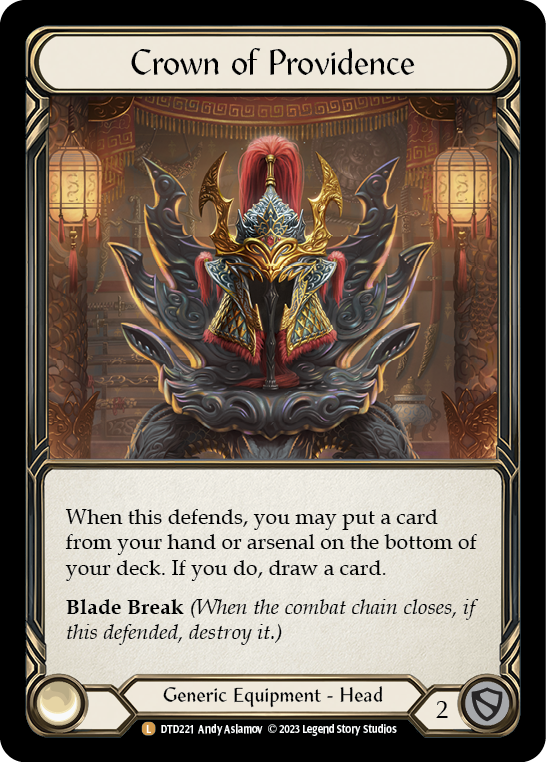
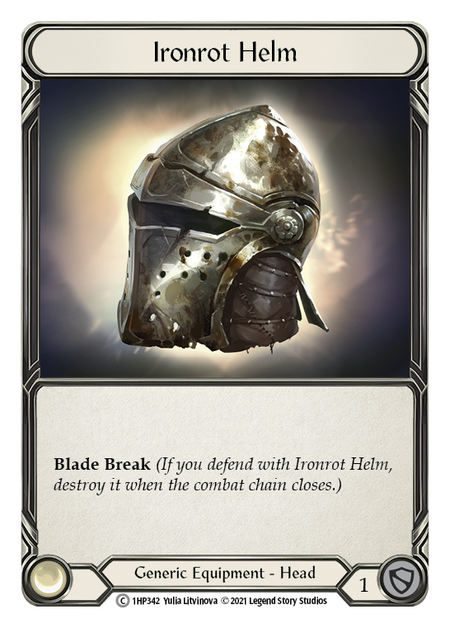
Crown of Providence ($155) is the priciest card on the list, so let's start by examining that. Ironrot Helm has less block than Crown and lacks its fancy ability, but it works perfectly fine to prevent an on-hit effect on a breakpoint attack. In fact, this is one budget replacement I've personally been utilizing- and I haven’t felt the need to upgrade yet. Is it optimal? No- but it does a solid job at a fraction of the cost of a Crown. These are the sorts of concessions we'll be intelligently considering throughout the piece.
Speaking of headpieces, the other one I run is Viziertronic Model i ($10). As our primary use for this equipment is Arcane Barrier, this is another spot where you could allocate your expenses toward more impactful purchases. Nullrune Hood would be an obvious replacement- maybe alongside Nullrune Cloak or Nullrune Gloves if we find some space for them to still keep Arcane Barrier at 3 with our Achilles Accelerator.
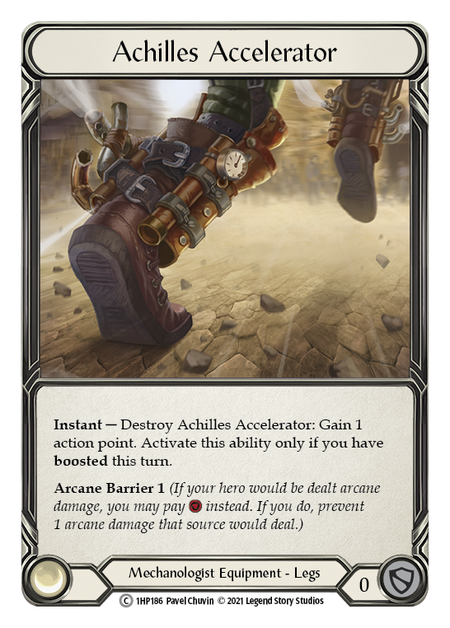
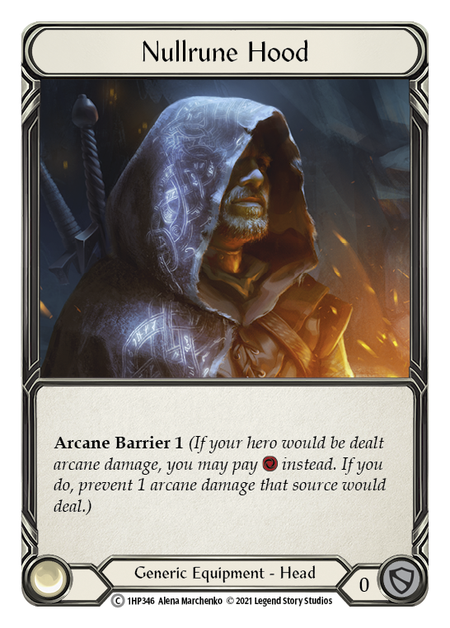
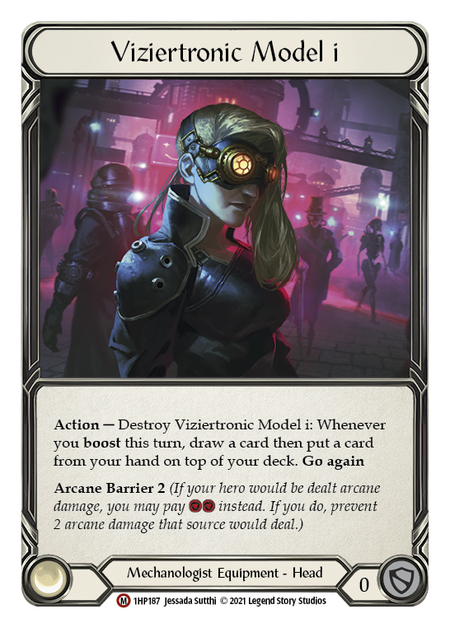
The only expensive equipment that is left is Teklo Foundry Heart ($85). While I would say that this should probably be the first Legendary you should get if you decide to invest further in Dash, it isn't contributing to the deck's gameplay in a major way Since I run a hybrid list, I profit from both the block and the resource generation, but primarily in different matchups; as such, we could replace it by playing Vest of the First Fist when we're taking an aggressive stance, and maybe Ironrot Plate for the defensive plan.
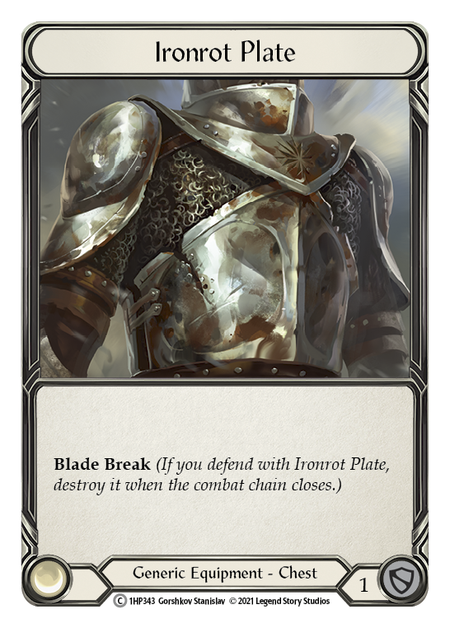
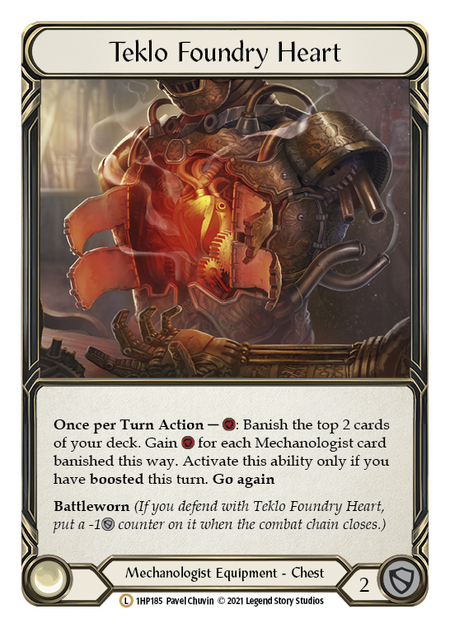
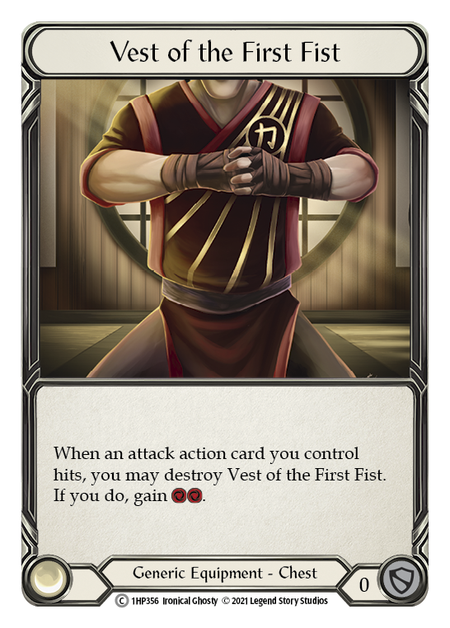
Let's get into the deck itself. Most cards in my list are affordable, since the most of it consists of cheap commons, rares, and a few low-value super rares.
Meganetic Shockwave ($6.50) ranks as an expensive card, and to be frank, it's just a card that I personally like. That card could easily be replaced by blue Payload without impacting the deck's core gameplay. We lose the potential found in combining Meganetic with the effects of T-Bone, but that combo is not important for the overall plan of the deck. You may even choose not to replace Meganetic in the deck at all, and instead gain some needed space for equipment.
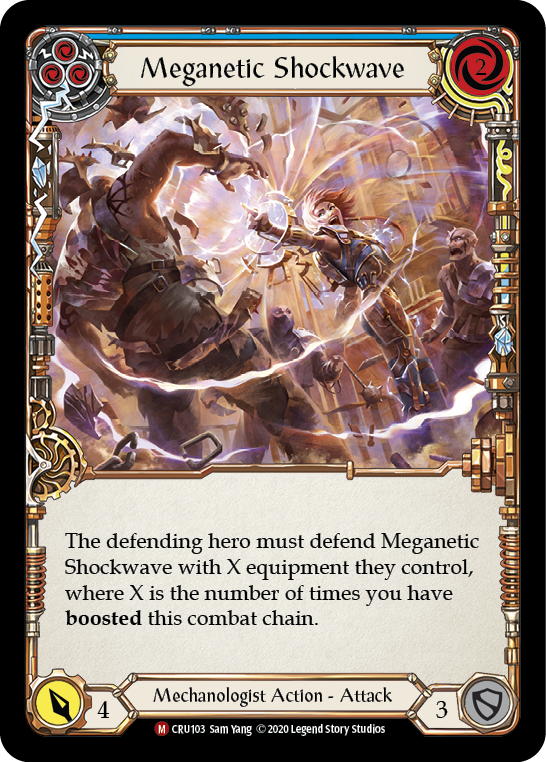
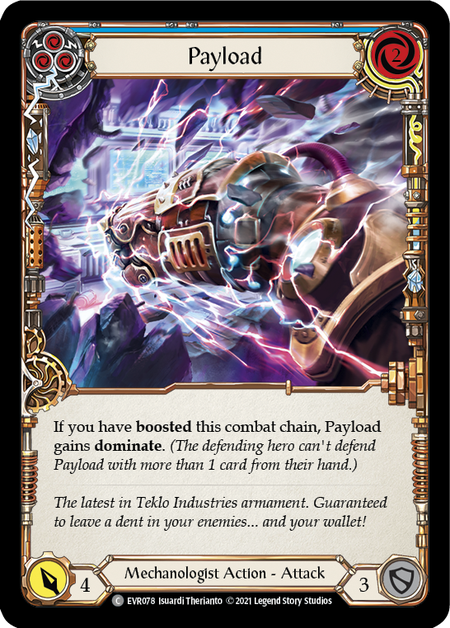
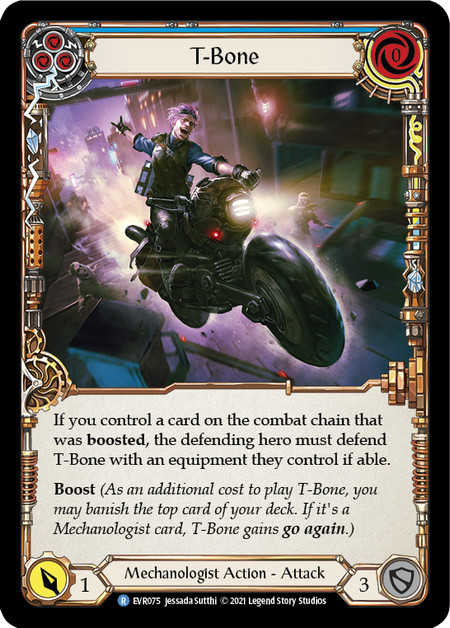
Higher profile among the Mechanologist majestics is High Octane ($8.75), a really strong and equally expensive card. Before we deem it essential and commit funds to it, let's think about what High Octane does and what we could play instead.
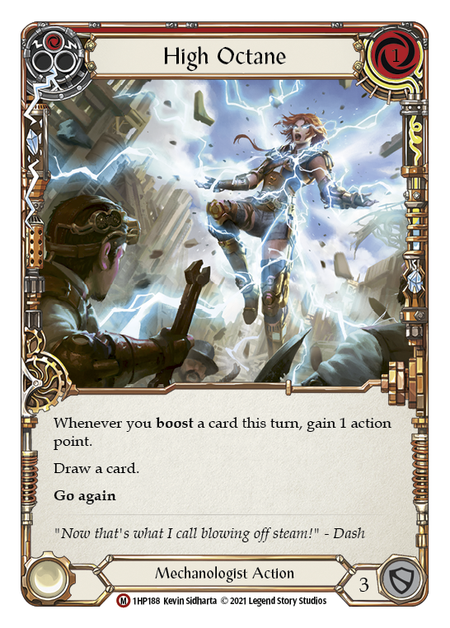
On a High Octane turn, we want to play- and boost- a lot of cheap attacks to generate a bunch of action points, and then shoot repeatedly with our Teklo Plasma Pistol. When Prism was still roaming around, those action points could be really important to counter her strategy and get rid of a lot of auras in one turn; but since she's stepped away from Classic Constructed, we only care about the damage part now.
So what could we play instead? How about red Overblast? Let's compare: say we have Overblast -or- High Octane in arsenal and a hand that consists of a blue and 3 red boost attacks: 2 red Zero to Sixty and a red Zipper Hit.
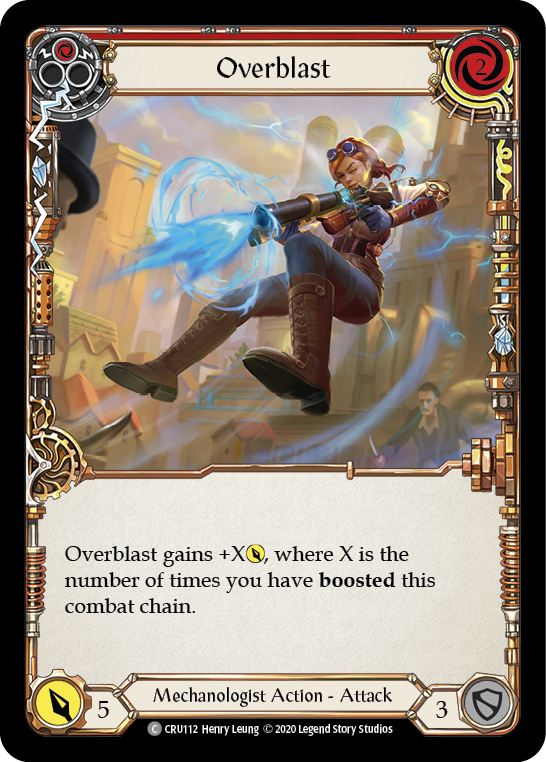
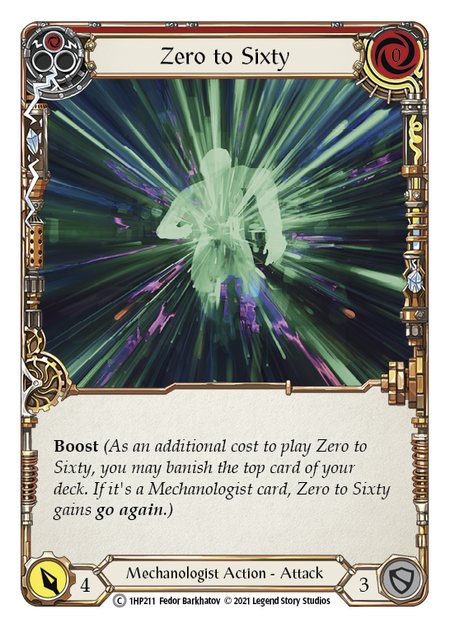
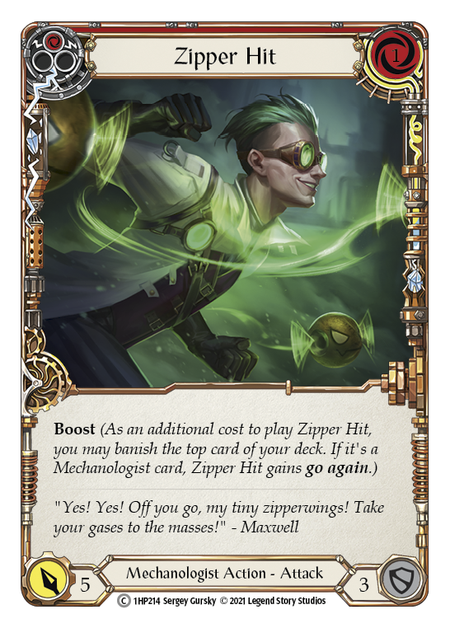
With High Octane, our optimal turn might be:
- Pitch blue for High Octane and draw another blue.
- Play and boost all 3 red attacks, finishing with 4 action points remaining.
- Fire the Pistol 4 times.
Total Damage Output: 21
What about Overblast instead?
- Boost our 3 attacks, pitching blue along the way.
- Play the Overblast at the end of the chain.
Total Damage Output: 21
There are obviously situations where the draw from High Octane could save a turn that would otherwise be unplayable, due to an all-red hand or some other complicating element. But this common can have a similar damage output to an expensive majestic, and that makes it a great option for our budget list!
Those cuts shaved of a lot off the overall cost of the deck, and I think they are all reasonable without compromising that much. But now comes the hardest part. My list uses the sideboard to swap between 2 gameplans: one is more aggressive and plays around with the boost mechanic to race your opponent, while the other one focuses more on a defensive style while building up the pistol items on board to have a really strong endgame. And that brings us to the last expensive element of the list: 2 Induction Chambers ($1.50 ea), 3 Plasma Purifiers ($4.50 ea), 1 Teklo Pounder ($10), and 2 Teklo Cores ($10 ea). This suite of Items, as listed, would set you back $46.50- so before we commit your funds to them, let's examine their roles in the deck.
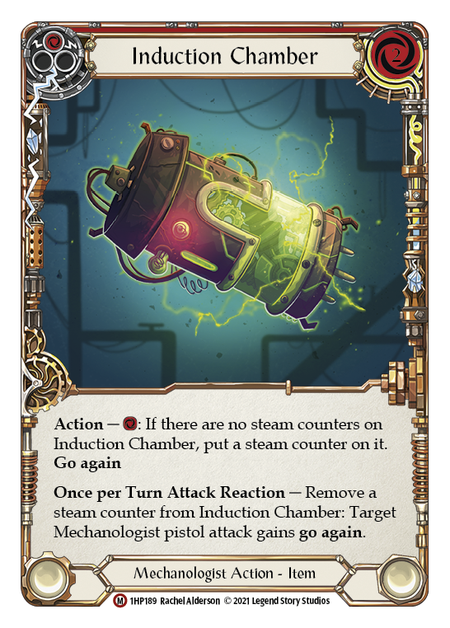
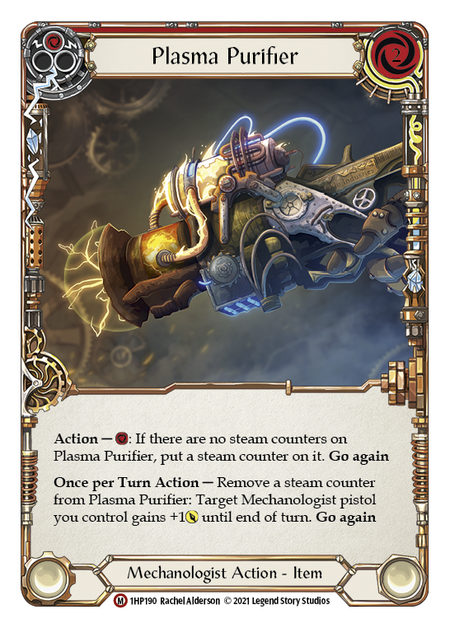
Since one of the two gameplans relies specifically on assembling Chambers and Purifiers for an endgame closer, there is no way we can cut them out completely- but we can reconsider the numbers of each. The 3rd Plasma Purifier can easily be cut without impacting the potency of our endgame- I only include it when facing Oldhim. This makes the cost of our pistol package a much more manageable $12- and as it represents the core of our gameplan in many matchups, that's money very well spent.
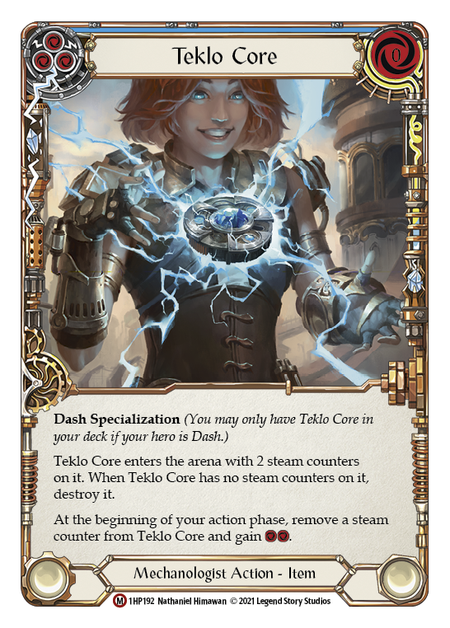
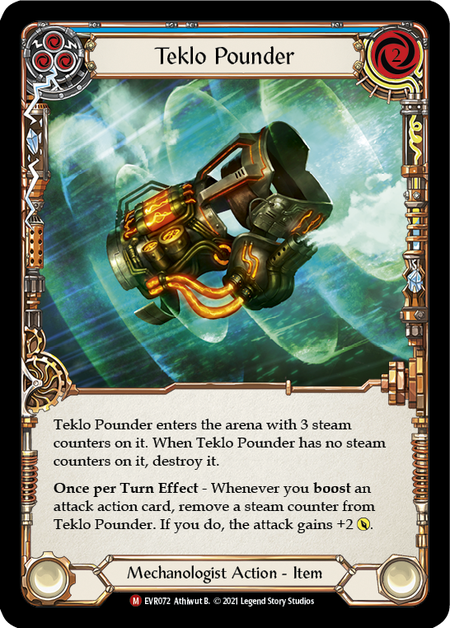
That leaves us with the Pounder and the 2 Cores. Personally, I think the Pounder is easier to let go; the Teklo Cores are really important in combination with Spark of Genius in the aggro plan. Ending a turn with a Spark of Genius for 0 to fetch a Core and arsenal something you draw can be a huge tempo turn, and the Cores can enable some really huge turns with Maximum Velocity, Overblast or High Octane if your list plays those. If necessary, they can be cut for some blue boost attacks like Over Loop, but you'll notice an elevation in your game as soon as you can assemble these.
Another alternative is to lean into the boost aggro plan and cut the pistol control package entirely. This leaves you susceptible to defensive decks like Oldhim, but lets you focus your funds on cards that are always in use.
Here's where we came out on a budget-friendly version of my list:
Blitz: Boosting on a Budget
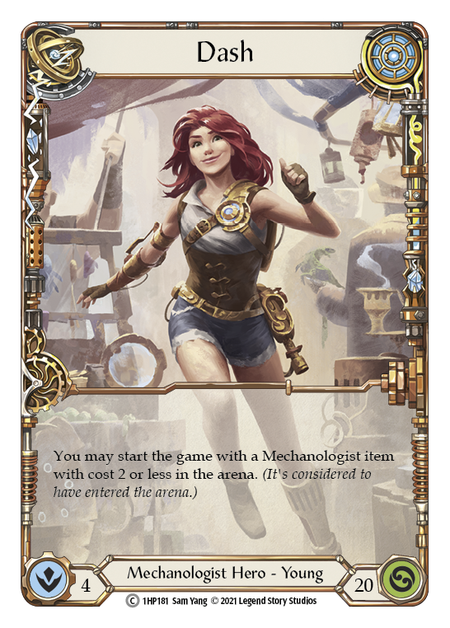
Weapons
- Plasma Barrel Shot (1)
- Talishar, the Lost Prince (1)
Equipment
- Achilles Accelerator (1)
- Crown of Providence (1)
- Goliath Gauntlet (1)
- Nullrune Gloves (1)
- Teklo Foundry Heart (1)
- Ironhide Legs (1)
- Ironhide Gauntlet (1)
- Viziertronic Model i (1)
- Vest of the First Fist (1)
Loadout
- Maximum Velocity (Red) (2)
- Payload (Red) (2)
- Throttle (Blue) (2)
- T-Bone (Red) (2)
- T-Bone (Yellow) (2)
- Combustible Courier (Red) (2)
- Spark of Genius (Yellow) (2)
- High Speed Impact (Blue) (2)
- Throttle (Yellow) (2)
- Zero to Sixty (Red) (2)
- Zero to Sixty (Blue) (2)
- Teklo Core (Blue) (2)
- High Speed Impact (Red) (2)
- Teklo Pounder (Blue) (2)
- T-Bone (Blue) (2)
- Throttle (Red) (2)
- Zipper Hit (Red) (2)
- Zipper Hit (Blue) (2)
- Zero to Sixty (Yellow) (2)
- Zipper Hit (Yellow) (2)
Now lets take a look at Blitz. As a base, I will use a more budget friendly Maximum Velocity list, one I use myself that is heavily inspired by Teklo Foundry's Maximum Velocity list.
For the equipment, we can mostly do the same as before: cut Crown, Viziertronic, and Heart for Nullrune Hood, Ironrot Helm, and Ironrot Chest. And in the deck itself, the only expensive cards are the 2 Teklo Pounders alongside the 2 Teklo Cores.
Since we always start with a Teklo Pounder, we will keep one, but can cut the second for a cheap blue boost attack, like Combustible Courier. If our budget is tight, we can cut the 2 copies of Teklo Core alongside the 2 copies of Spark of Genius, since we won’t have any more items remaining in the list besides our starting item. With those out, we can add another blue Courier, as well as 1 blue Payload and 2 copies of red Over Loop.

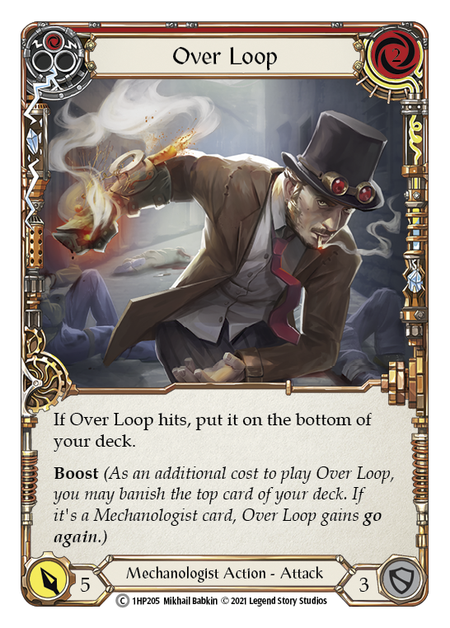

So our budget list would look like this:
Think About Your Budget!
There are definitely some stronger cards that can be expensive- most notably Teklo Foundry Heart and a few flexible majestics like High Octane- but for the most part we can substitute for those with some cheap commons that fit your budget better. They are often not as strong or as flexible in comparison, but does the difference in strength always justify investing into expensive cards? I don’t think it always does. A hero like Dash can show just how viable it is to turn cheap "scraps“ into a shiny, functioning machine that can still be strong and very fun to play!


